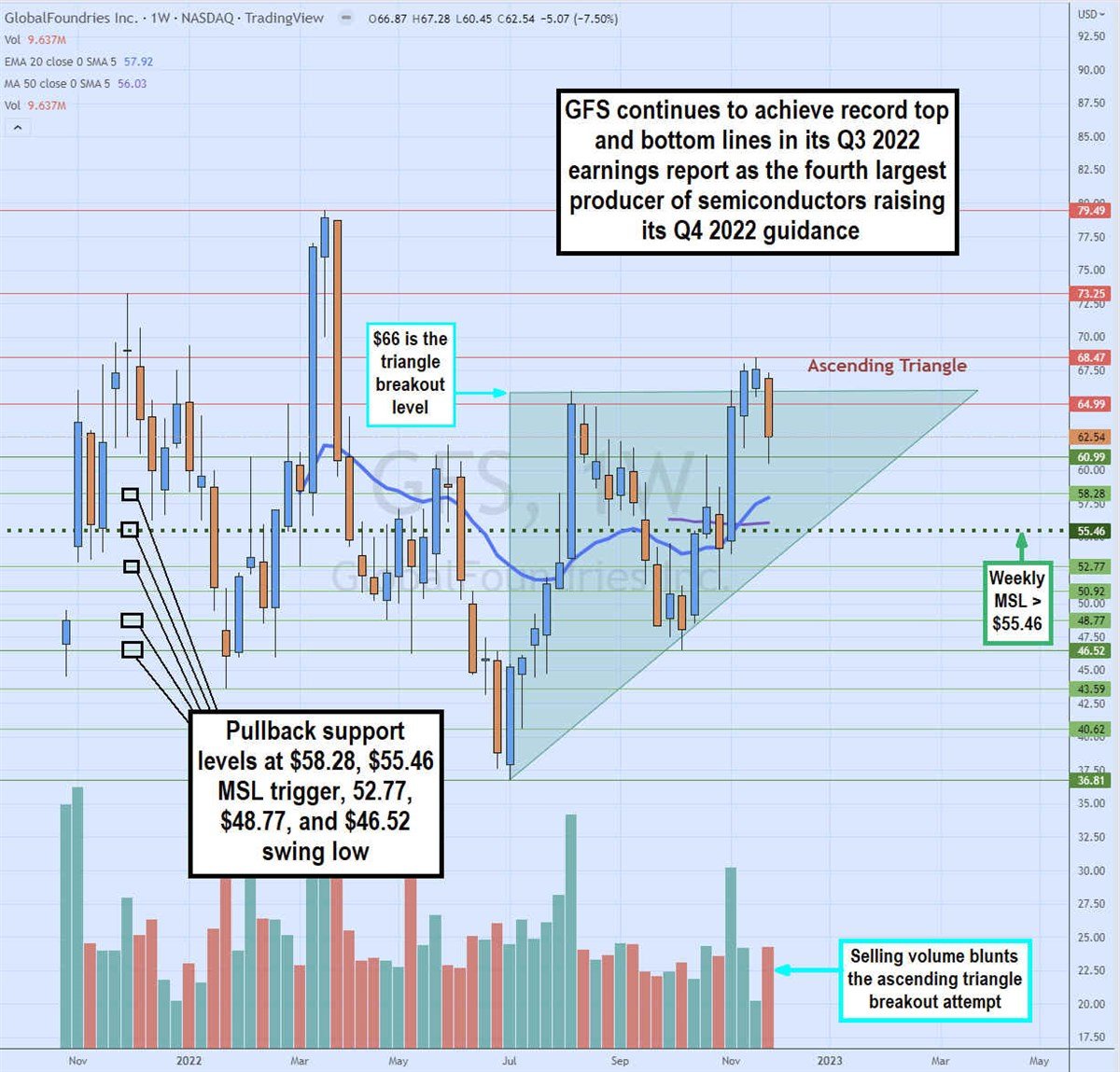Financial News
More News
View More
3 Stocks Poised to Benefit From Google’s AI Breakthough ↗
December 03, 2025
Beyond NVIDIA: 5 Semiconductor Stocks Set to Dominate 2026 ↗
December 03, 2025
3 Stocks You’ll Wish You Bought Before 2026 ↗
December 03, 2025
Wall Street Punished CrowdStrike for Beating Earnings? Seriously? ↗
December 03, 2025
Okta: Excuses to Sell Vs. Reasons to Buy ↗
December 03, 2025
Recent Quotes
View More
Stock Quote API & Stock News API supplied by www.cloudquote.io
Quotes delayed at least 20 minutes.
By accessing this page, you agree to the Privacy Policy and Terms Of Service.
Quotes delayed at least 20 minutes.
By accessing this page, you agree to the Privacy Policy and Terms Of Service.
© 2025 FinancialContent. All rights reserved.




 Contract semiconductor manufacturer
Contract semiconductor manufacturer 




